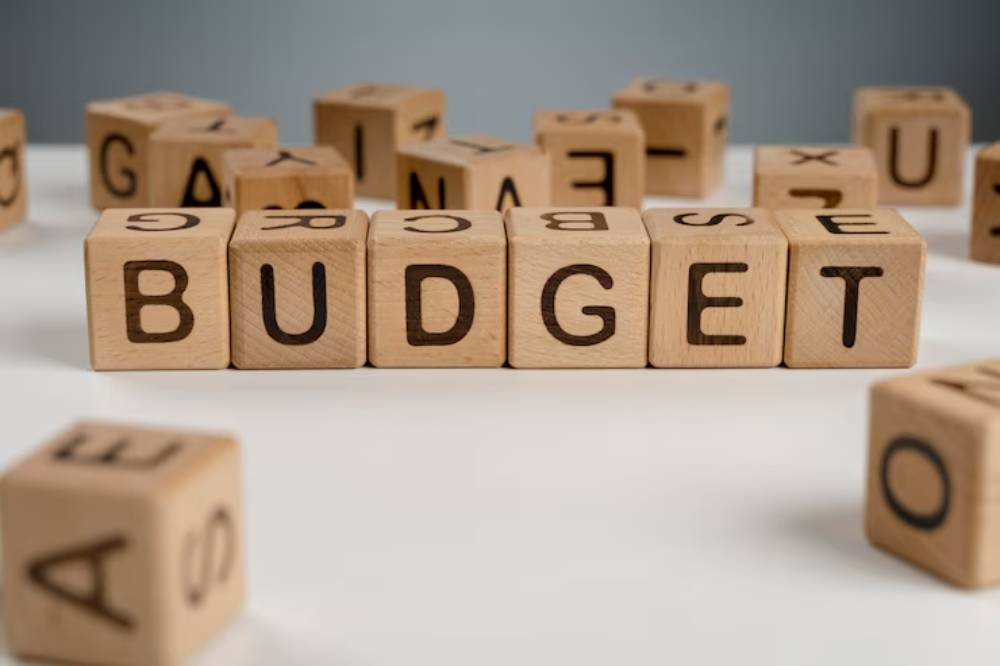
Budgeting and Start-Up Costs for a Dropshipping Business
Starting a dropshipping business is widely considered one of the most accessible ways to enter the world of ecommerce. With no need to invest in inventory or manage warehousing, it offers a lean model for launching an online store. But that doesn’t mean it’s free—and understanding your dropshipping budget and ecommerce startup costs is essential to building a profitable, sustainable venture.
This comprehensive guide breaks down all the expected and hidden expenses involved in launching a dropshipping store, helping you make smarter online store investments and avoid financial surprises.
Why Budgeting Matters in Dropshipping
While dropshipping is often touted as a “low-cost” business model, failing to budget accurately is a common mistake that can lead to poor performance and early burnout.
Benefits of Proper Budgeting:
- Prevents overspending on tools or ads
- Helps prioritise what’s essential for launch
- Allows for smarter reinvestment during scaling
- Gives clarity on your breakeven point and profitability
Your goal isn’t just to launch a store—it’s to build one that makes money. That starts with understanding what it actually costs to get going.
Core Categories of Ecommerce Startup Costs
To make planning easier, let’s break your dropshipping budget into six core categories:
- Store Platform & Hosting
- Domain Name & Branding
- Apps and Tools
- Product Sourcing & Samples
- Marketing & Advertising
- Operational and Legal Costs
Let’s explore each in detail.
1. Store Platform & Hosting

Your ecommerce platform is the foundation of your online store. The most common dropshipping platforms include Shopify, WooCommerce, and Wix.
Shopify:
- Basic plan: $39/month
- Includes secure hosting and ecommerce features
- 3-day free trial + $1/month for first 3 months (promotional)
WooCommerce (WordPress):
- Free plugin, but hosting required (~$5–$15/month)
- Domain and SSL often bundled with hosting
Wix:
- Business plans start at ~$27/month
- Integrated dropshipping tools like Modalyst
Estimated Cost: $0–$50/month
Budget Tip: Choose based on your technical skills and growth goals. Shopify offers the easiest start, while WooCommerce provides more flexibility for advanced users.
2. Domain Name & Branding
Your domain name is your digital real estate and builds credibility.
Costs:
- Domain registration: $10–$20/year (e.g., via Namecheap or Google Domains)
- Logo design: Free (via Canva) to $50 (via Fiverr or Looka)
- Brand kit (fonts, colours, mockups): Optional but useful
Estimated Cost: $10–$75 Budget Tip: Prioritise a .com domain for legitimacy and ensure it’s brandable, not keyword-stuffed.
3. Apps and Tools
Dropshipping relies on automation. The tools you choose can significantly impact efficiency and customer experience.
Common Apps:
- Product Import/Automation: DSers, AutoDS ($0–$49/month)
- Email Marketing: Klaviyo, Mailchimp (Free up to 250–500 subscribers)
- Upsells & Conversions: ReConvert, Vitals ($7–$29/month)
- Customer Support: Tidio, Zendesk (Free to $15/month)
Estimated Cost: $30–$100/month (start small, scale later)
Budget Tip: Use free trials strategically—test and cancel what you don’t need early on.
4. Product Sourcing & Samples
You don’t need to buy inventory, but testing samples is wise to ensure product quality, shipping time, and packaging.
Sample Costs:
- Product cost: $5–$30 each
- Shipping: Varies by supplier (usually $5–$15)
- Number of samples: Start with 1–3 flagship products
Estimated Cost: $30–$100 (one-time)
Budget Tip: Negotiate with suppliers for discounted or reimbursed samples if you plan to scale.
5. Marketing & Advertising

This is the single largest variable in your online store investment—and arguably the most important. No matter how great your product is, if no one sees it, you won’t make sales.
Paid Advertising:
- Facebook/Instagram: $5–$50/day (test budget)
- Google Ads: $10–$30/day (search and display)
- TikTok Ads: Fast growth, low entry cost (~$20/day recommended)
- Influencer marketing: $50–$500 per campaign (micro-influencers)
Free/Organic Options:
- Content marketing (blogs, SEO)
- Pinterest + TikTok organic strategies
- Email list building via popups and free guides
Estimated Cost:
- Initial Ad Budget: $150–$500+ for testing
- Ongoing Spend: Plan for $300–$1,000/month to scale
Budget Tip: Start with micro-campaigns to identify your best-performing products before increasing spend.
6. Operational and Legal Costs
These expenses are often overlooked, but they protect your business and keep things running smoothly.
Essentials:
- Business registration (LLC): $50–$300 depending on state/country
- Legal documents (Terms, Privacy Policy): Free via generators or $30–$100 with customisation
- Accounting software (optional): QuickBooks, Wave (free or ~$25/month)
- Payment processing fees: ~2.9% + 30¢ per transaction (e.g., Stripe, PayPal)
Estimated Cost: $100–$400 (one-time + recurring)
Budget Tip: Use Shopify’s built-in policy generators to stay compliant without legal fees.
Total Dropshipping Budget: Starter Scenario
| Expense Category | One-Time Cost | Monthly Cost |
| Domain & Branding | $20–$75 | — |
| Platform & Hosting | — | $27–$50 |
| Apps & Automation | — | $30–$100 |
| Product Samples | $30–$100 | — |
| Marketing (Initial Test) | $150–$500 | $300–$1,000 |
| Legal & Operational | $100–$400 | $0–$25 |
| Total Estimate | $300–$1,100 | $60–$1,175 |
Budgeting Tips for Success

1. Prioritise Profit Margins
Choose products with at least 3x markup to ensure ad spend and overheads don’t eat your profit.
2. Reinvest Profits
Initially, reinvest most of your profits into marketing, customer support, and better tools.
3. Avoid Subscription Bloat
Use only essential apps. It’s easy to overspend on features you don’t use regularly.
4. Monitor Cash Flow
Use spreadsheets or tools like QuickBooks or Notion to track your ecommerce startup costs and monthly burn rate.
What You Don’t Need (Right Away)
- Custom app development
- Advanced branding packages
- High-end product photography (use supplier assets at first)
- Huge ad budgets before validating your offer
Start lean, then invest based on what the data tells you.
ROI: When Should You Expect Profit?
The timeline to profitability varies, but here’s a rough estimate for a lean launch:
- Month 1: Set up store, test ads, get first 1–10 sales
- Month 2: Optimise ads and product pages, aim for break-even
- Month 3–4: Begin scaling best-performing product(s)
- Month 5+: Invest in branding, upsells, retention strategies
Pro Tip: Track your ROAS (Return on Ad Spend) and CAC (Customer Acquisition Cost) to calculate when you’ll break even and turn a profit.
Key Takeaway
Launching a dropshipping store doesn’t require massive capital—but it does demand strategic budgeting and realistic planning. By understanding your essential online store investment, you can confidently allocate funds where they matter most, avoid wasteful expenses, and position your store for sustainable growth.
Plan Smart, Grow Fast
A well-managed dropshipping budget empowers you to test fast, pivot wisely, and scale strategically. While the temptation to overinvest or cut corners is real, staying lean and data-driven is the secret to ecommerce success.
So start with intention, track every dollar, and reinvest with purpose—because in dropshipping, every smart cent fuels future freedom.


